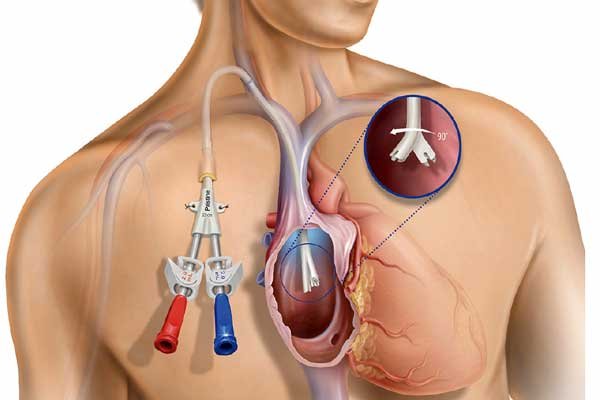Dialysis

What is Dialysis ?
Symptoms Indicating Need for Dialysis
Patients may require dialysis if they experience:
Severe fatigue and weakness
Swelling in legs, feet, or ankles (edema)
Shortness of breath
Nausea or vomiting
Confusion or reduced alertness
Persistent itching
Reduced urine output
High levels of potassium, creatinine, and urea in blood tests
These symptoms occur due to the build-up of waste products and excess fluids in the body.
Dialysis Procedure or Treatment
There are two main types of dialysis:
1. Hemodialysis
Procedure: Blood is removed from the body through a vascular access site (usually created in the arm), passed through a dialyzer (artificial kidney) to filter waste and excess fluid, and returned to the body.
Frequency: Usually done 3 times a week, each session lasting 3-5 hours, at a dialysis centre or hospital.
2. Peritoneal Dialysis
Procedure: The lining of the abdomen (peritoneum) acts as a natural filter. A cleansing fluid (dialysate) is infused into the abdominal cavity through a catheter. The fluid absorbs waste and is then drained out after a few hours.
Types:
Continuous Ambulatory Peritoneal Dialysis (CAPD) – done manually 3-4 times a day.
Automated Peritoneal Dialysis (APD) – performed using a machine at night while sleeping.
Prevention
Dialysis itself is a treatment and cannot prevent kidney failure, but to delay the need for dialysis, it is important to:
Control blood pressure and diabetes effectively
Maintain a healthy diet low in salt and processed foods
Stay hydrated adequately
Avoid overuse of painkillers (NSAIDs) without doctor advice
Monitor kidney function regularly if at risk
Benefits of Dialysis
Removes waste products and toxins from blood
Controls blood pressure
Maintains proper fluid and electrolyte balance
Reduces symptoms like breathlessness, swelling, and fatigue
Enhances quality of life and prolongs survival in kidney failure patients
Enables patients to continue daily activities with guidance from nephrologists
Types of Dialysis
Hemodialysis (In-centre or home-based)
Peritoneal Dialysis (CAPD & APD)
Continuous Renal Replacement Therapy (CRRT) – used in ICU settings for critically ill patients with acute kidney injury.
